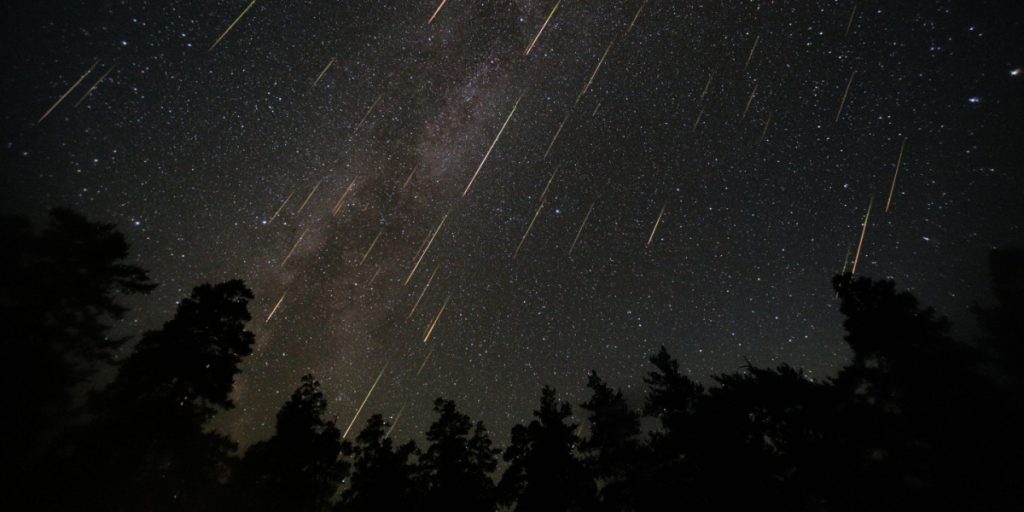Although Halley’s Comet is billions of kilometers away, its trail of dust and gravel is now lighting up the sky.
Others are reading now
Even though Halley’s Comet is billions of kilometers away, its lingering trail of dust and debris is currently illuminating the early morning sky in some parts of the country.
To visualize this phenomenon, imagine you’re driving on a country road just after a tractor has crossed your path, leaving behind a mix of mud, small rocks, and soil that gets stirred up as you drive through.
Similarly, Earth is now traveling through a celestial path littered with remnants from Halley’s Comet.
This comet has left a millions-of-kilometers-long trail of dust, gravel, and ice, remnants from its last close pass by the sun. As Earth intersects this path, the debris burns up in our atmosphere, creating the brilliant flashes of light we recognize as shooting stars.
Also read
Hold Onto Your Night Vision
Astrophysicist and museum curator Ole Eggers Bjælde, a columnist for Videnskab.dk, is looking forward to tomorrow morning’s meteor viewing.
One highlight is the Eta Aquarids meteor shower.
“This is one of those meteor showers that requires a bit of luck and the willingness to wake up early,” he notes.
The meteors appear primarily low in the eastern sky, and the best viewing is just before dawn.
“Generally, you should try to avoid light pollution, both from the Sun and from artificial lighting from cities and the like,” advises Bjælde.
“And you should try to maintain your night vision. If you have to get up and turn on the light in the bathroom and check your phone first, it becomes harder to spot the faint lights in the sky afterward.”
Patience is key: On a good day, you might spot a meteor every three to four minutes.
In the Wake of Halley’s Tail
Halley’s Comet, one of the most famous comets, leaves a significant imprint in space with each orbit. While the comet itself, last observed by Edmond Halley in 1705 and predicted to return every 76 years, is currently near Pluto, its debris continues to affect us.
“It is currently at one of the furthest points in its elliptical orbit around the Sun. Relatively close to Pluto,” explains Bjælde.
The next time it heats up significantly from the Sun and shows its bright tail and coma (outline) relatively close to Earth will be in 2061.
“But it has indeed drawn this trail all the way through the Solar System. And when the small remnants from the comet hit our atmosphere, they heat up so much that they burn and light up.”
In the meantime, when these tiny comet remnants enter our atmosphere, they heat up dramatically, causing them to burn and produce light—a spectacular show for those on the ground.


